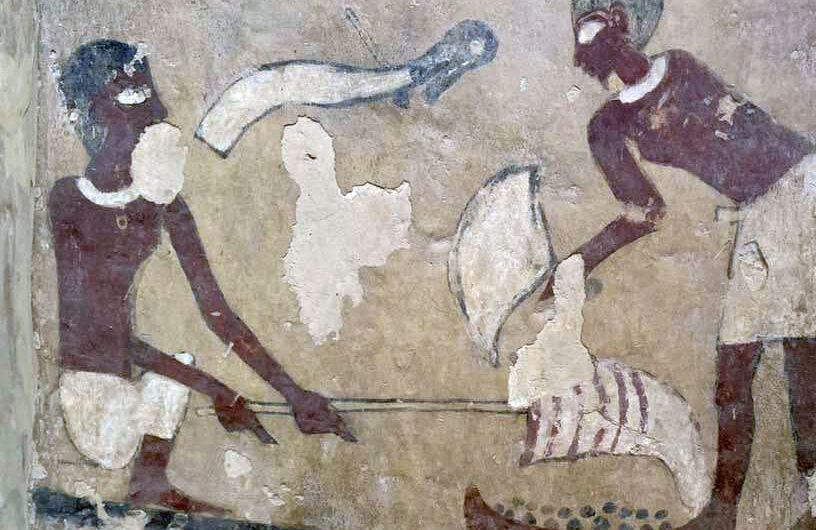Tomb of Ankhtifi "Ankhtify" in The cemetery of El Muaalla – Theban Tombs, Luxor, Egypt – Egyptian Tombs Facts and history of the Pharaonic civilization "Ancient Egypt History", the tenth dynasty, the design of the tomb, visiting hours, entrance ticket prices and more… In fact, the importance of the Ankhtifi tomb is due to it being an archaeological tomb dating back to a period of one hundred years and its construction dates back to the era of the Tenth Dynasty of Egypt, meaning that it was built during the era of the first decline, known as the First Intermediate Period. Tomb of Ankhtifi Facts This tomb was discovered in 1971 and is known as the Tomb of Ankhtifi. The person who built it at that time was the governor of the province of Nekhen, or as it was known in Greek, Hierakonpolis, which is located between the Temple of Edfu in Aswan and Esna.. Also, the Nekhen district is one of the oldest cities in ancient Egypt as well as in the Geography of ancient Egypt. Who is Ankhtefi? In fact, Ankhtifi is one of the most important and powerful figures who ruled ancient Egypt "Ancient Egyptian Government" in the Ninth Dynasty of Egypt, and this was especially during the periods of rule that can be described as mysterious during the reign of King Neferkare.. The tomb of Ankhtifi was indeed decorated with a group of drawings that were characterised by being of a regional or somewhat strange nature, and his full and extensive biography was engraved on all sides to indicate the development of Architecture in ancient Egypt and the arts of Sculpture in Ancient Egypt. This is the autobiography that was indeed filled with a large and important set of information about how the rule began in the First Intermediate
Tomb of Ankhtifi “Ankhtify” in The cemetery of El Muaalla – Theban Tombs, Luxor, Egypt – Egyptian Tombs Facts and history of the Pharaonic civilization “Ancient Egypt History“, the tenth dynasty, the design of the tomb, visiting hours, entrance ticket prices and more… In fact, the importance of the Ankhtifi tomb is due to it being an archaeological tomb dating back to a period of one hundred years and its construction dates
